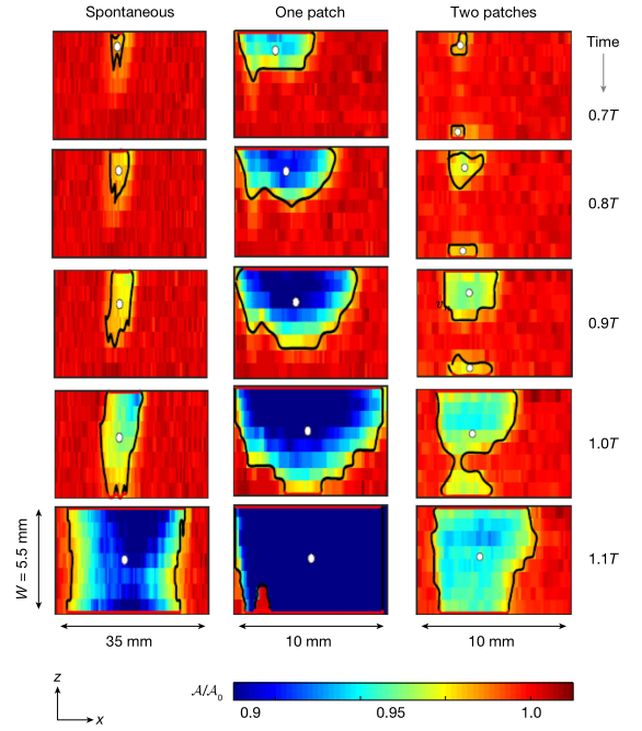Earthquakes are some of the most devastating catastrophes our planet can unleash, yet we are still all-too-often taken by surprise when one strikes.
New research has revealed details of the lead-up to a tremor: a slow and steady period of displacements at a well-defined stress point in Earth’s crust is a required trigger for giant seismic events.
“Our findings challenge and refine conventional models of rupture dynamics,” says physicist Jay Fineberg of the Hebrew University of Jerusalem.
“We show that slow, aseismic processes are a prerequisite for seismic rupture, driven by localized stress and geometric constraints. This has profound implications for understanding when and how earthquakes begin.”
frameborder=”0″ allow=”accelerometer; autoplay; clipboard-write; encrypted-media; gyroscope; picture-in-picture; web-share” referrerpolicy=”strict-origin-when-cross-origin” allowfullscreen>
For a tremor to occur, weaknesses in the crust need to build into a crack that can suddenly give way. Many previous studies have shown that the generation of this crack is preceded by a series of slow movements that don’t shimmy and shake the surrounding rocks. However, the details of these processes have relied on generalizations, often in a two-dimensional space, which may not reveal transitions in the 3D world.
A team led by physicists Jay Fineberg and Shahar Gvirtzman of the Hebrew University of Jerusalem sought to understand the role this slow, aseismic stress plays in the ultimate release of earthquake activity, using experimentation and theoretical modeling to explore how the process evolves.
One type of feature that is necessary for an earthquake to take place is a rupture which provides a focal point for the elastic energy introduced by external loading. Without cracks, there is no way for stress to amplify, which in turn means that sudden releases of energy will not occur.

The researchers studied cracks in one, two, and three dimensions, as well as the mechanics of small movements in the crust known as creep. Their findings showed that small, slow-moving, two-dimensional patches of frictional motion are the first steps towards a fracture. After a period of slow, steady creep at stress points, these patches gradually expand and escalate to the point of seismic rupture.
This additional detail added to our understanding of the evolution of an earthquake has important implications. It helps us better understand stress and friction, in general; but it also provides key information that could help us predict seismic activity and events in the future.
“Apart from its relevance to fracture and material strength, this new picture of rupture nucleation dynamics is directly relevant to earthquake nucleation dynamics; slow, aseismic rupture must always precede rapid seismic rupture,” the researchers write.
“The theory may provide a new framework for understanding how and when earthquakes nucleate.”
The research has been published in Nature.




